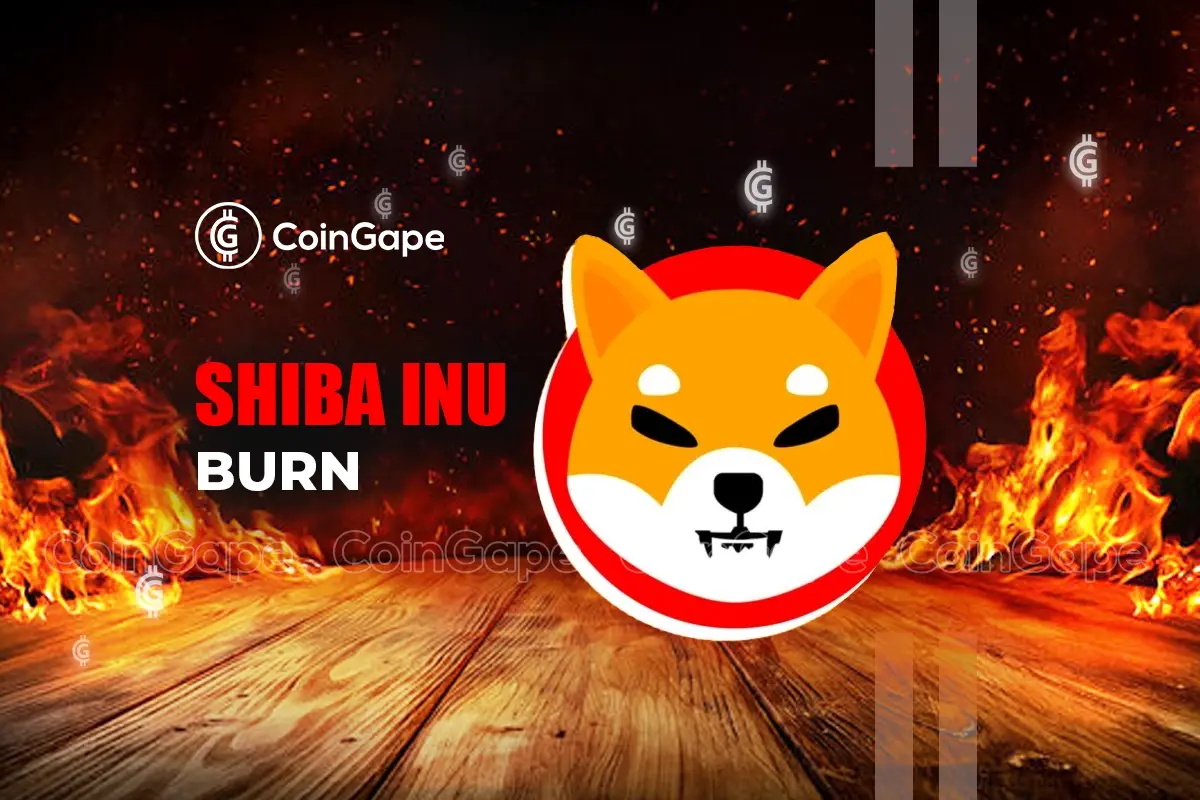The Rise of Shiba Inu: More Than Just a Meme Coin
Once upon a time, a digital currency inspired by a meme took the financial world by storm. Shiba Inu (SHIB), initially perceived as a playful experiment, has morphed into a cornerstone of a sprawling decentralized financial network. At the heart of its strategy lies an intriguing concept: the burn rate. By deliberately destroying a portion of its supply, SHIB aims to enhance the rarity – and potentially the value – of the remaining tokens.
The ecosystem of Shiba Inu is vast, extending its paws into non-fungible tokens (NFTs), a dedicated decentralized exchange (DEX), and initiatives that broaden SHIB’s appeal and utility in the dynamic digital currency market. Let’s delve into the burn mechanism and explore how it fuels the ecosystem’s growth and value proposition.
Understanding the Burn Rate Phenomenon
In the world of Shiba Inu, the burn rate refers to the process of permanently removing tokens from circulation. This is achieved by sending tokens to specialized addresses where they’re rendered inaccessible. Such a strategy is not just about reducing the number of tokens; it’s a deliberate effort to make the remaining tokens more scarce, potentially boosting their value provided demand remains constant or rises.
The significance of the burn rate can’t be overstated in Shiba Inu’s economic model. It’s a critical tool, underscored by notable burn events and continuous mechanisms that fine-tune the token’s supply in the market. But how exactly does this process impact the broader Shiba Inu ecosystem?
The Integral Ecosystem of Shiba Inu
Shiba Inu’s ecosystem is a rich tapestry that extends beyond simple tokenomics. At its core is ShibaSwap, an innovative decentralized exchange that integrates token burning into its operational model. Each transaction on Shibaswap contributes to reducing the total supply of SHIB tokens, marrying utility with a deflationary trajectory.
ShibaSwap: Fueling Deflation with Innovation
ShibaSwap plays a pivotal role in the Shiba Inu cosmos. It’s not just a platform for swapping tokens; it’s a strategic tool that diminishes the supply of SHIB through the burning of a percentage of transaction fees. This clever mechanism directly ties the exchange’s functionality with the token’s deflationary path, potentially enhancing its value over time.
Shibarium: Where Speed Meets Scarcity
The next key player in this ecosystem is Shibarium, a Layer-2 solution designed to speed up transactions and slash gas fees. Each transaction on Shibarium carries a tiny SHIB burn, reducing the circulating supply and fostering scarcity. It’s an alluring platform for developers and aligns perfectly with the community’s goal of value appreciation.
NFTs and Governance Tokens: A Burn with Every Transaction
Shiboshis NFTs and governance tokens like Bone ShibaSwap (BONE) and LEASH are integral components that further Shiba Inu’s deflationary mechanisms. Whether it’s through sales and transfers of NFTs or community governance participation, a segment of these tokens gets burned. It subtly tightens supply and aligns the incentives of token holders with the ecosystem’s long-term growth.
The Bottom Line: A Promising Horizon
The meticulously designed burn strategy of Shiba Inu underscores its potential as a promising asset in the rapidly evolving cryptocurrency landscape. With innovative platforms like ShibaSwap and Shibarium, coupled with the unique integration of NFTs and governance tokens, SHIB is not just surviving; it’s thriving. Its journey from a meme-inspired novelty to a pillar of decentralized finance illustrates the power of community, innovation, and strategic supply management in creating value.
As we navigate through the complexities of digital currencies, the story of Shiba Inu serves as a compelling case study of how innovative economic mechanisms can foster growth and value in the vast, decentralized financial networks of tomorrow.
Related Articles
